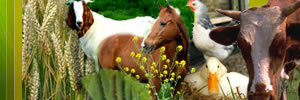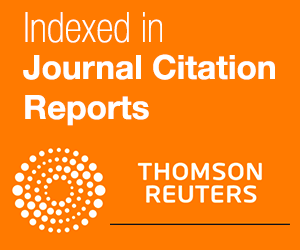BACTERIAL ETIOLOGY OF SUBCLINICAL MASTITIS IN DAIRY GOATS AND MULTIPLE DRUG RESISTANCE OF THE ISOLATES
M. F. Najeeb, A. A. Anjum, *M. U. D. Ahmad, **H. M. Khan, M. A. Ali, and ***M. M. K. Sattar
Department of Microbiology, Faculty of Veterinary Sciences, University of Veterinary and Animal Sciences, Lahore, 54000
*Department of Epidemiology and Public Health, FVS, UVAS, Lahore, 54000
** Department of Pharmacy, Lahore College for Women University, Jail road, Lahore, 54000
*** University College of Veterinary and Animal Sciences, The Islamia University of Bahawalpur, Bahawalpur.
Corresponding Author e-mail: aftab.anjum@uvas.edu.pk
ABSTRACT
Milk samples (n=200) of dairy goats from D. G. Khan and Lahore districts (n=100, each), Punjab, Pakistan were screened with Whiteside Test (WST) for sub-clinical mastitis. Samples positive for mastitis were cultured for bacterial growth on blood agar. Bacterial growth was obtained in 45 % milk samples (90/200). From WST positive milk samples, 146 bacterial isolates were identified on the basis of colonial, microscopic and biochemical profiles. Highest prevalence was of Staphylococcus aureus (61.64 %) followed by Escherichia coli (10.96 %), Streptococcus spp. (9.59 %), Pseudomonas spp., Bacillus spp. (6.85 %, each) and Corynebacterium spp. (4.11 %). Staph. aureus, E. coli and Strep. spp. isolates (n=10, each) were tested for antibiotic resistance against ten selected antibiotics used for treatment of mastitis in field. Highest resistance (58.69%) was recorded against Penicillin. Percent resistance of bacterial isolates to more than two antibiotic classes was 44.44, declared as multiple drug resistance (MDR). Most of the MDR isolates were sensitive (83.33%) to Amoxicillin and Clavulanic acid combination out of the four tested. It was concluded that consumption of goat milk by children may transfer antibiotic resistance to the normal micro-flora that may lead to super infection.
Key words: Goat, Milk, Mastitis, Multiple Drug Resistance and White side Test.
|





